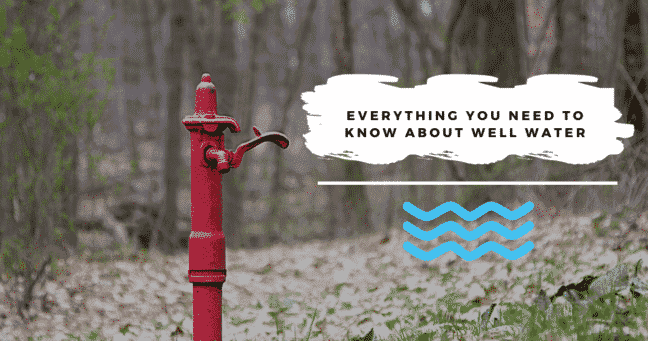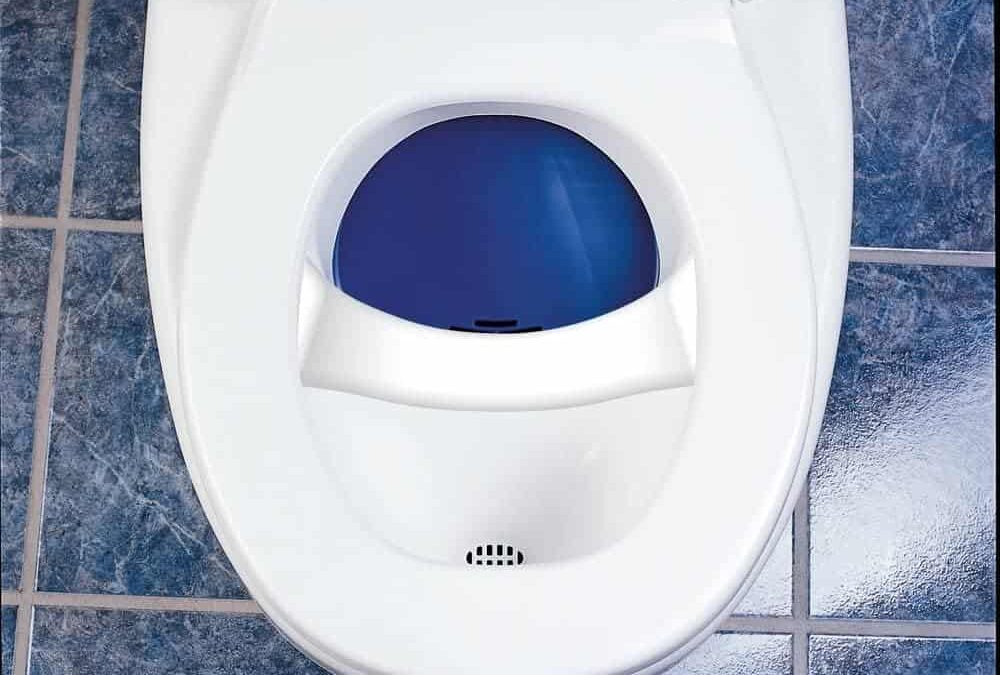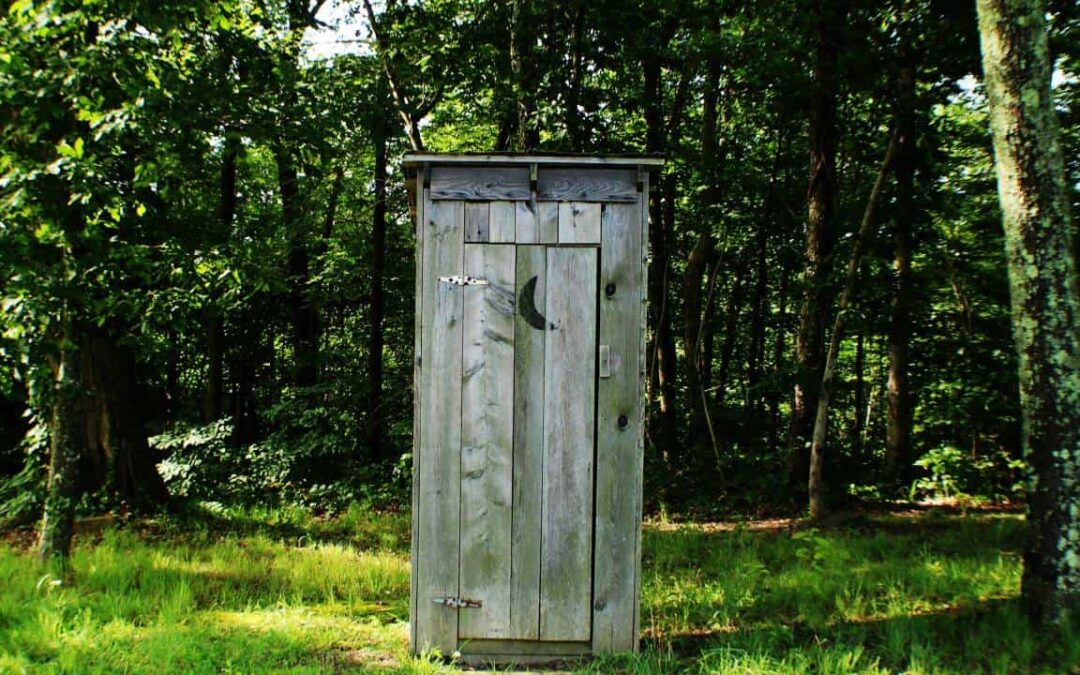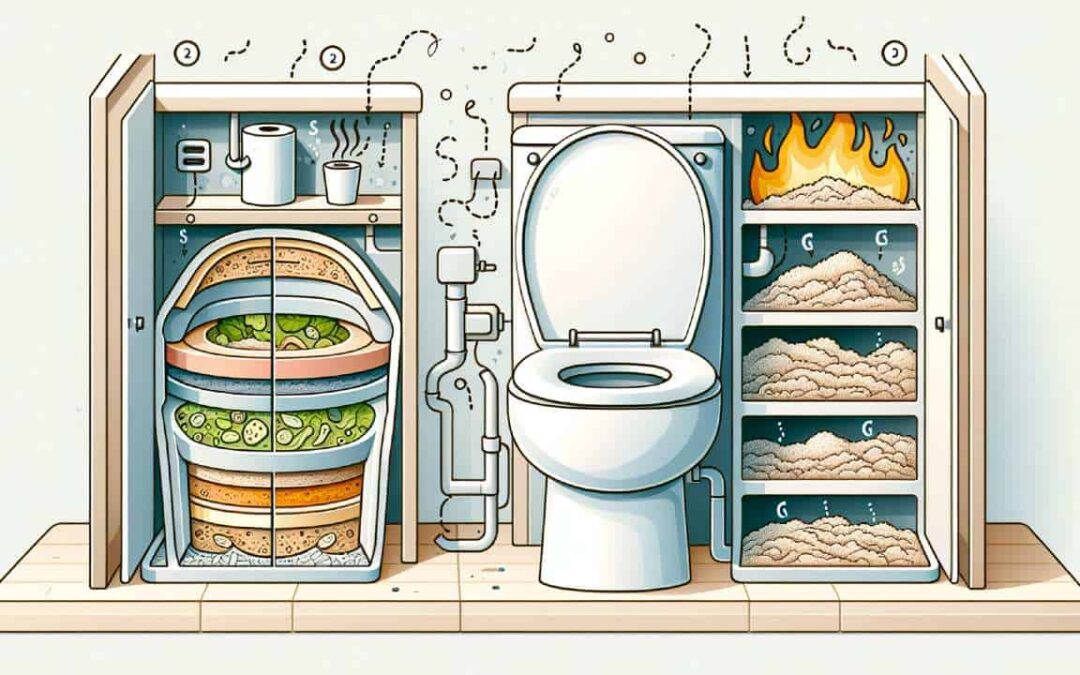We can all agree that having a well on your property is an extreme advantage. Not only can you use as much as you like without receiving a bill, but also the taste of good, cold well water is far superior to chlorinated city water. Ask anyone who grew up on a farm and they will tell you this is a fact.
If you are off-grid, a well is a goldmine but you might think there is no way that you can ever afford one. Guess again. There are many ways to find your own water and drill a well.
In today’s post, we’ll show you how to DIY a well on your property with a comprehensive list of things you can do, ensuring that the water is safe and the water pressure is great.
**If you’re looking for a well water filtration system, check out our buying guide here.
Choosing the Well Location
The first thing that you need to do is to choose your location. There are a couple of ways that you can do this. One, make sure that your well is in a spot where the wellhead will be safely away from animals, farm equipment. It shouldn’t’ be too close to where you want to place a road or a structure, yet close enough to plumb it to your building.
Supposing you have a large area to choose from, is there a way to guarantee that you’ll hit water? Frankly, the answer to that is no. Some states will be more difficult than others. You can hire a company that drills wells and do a water survey for your area.
You can research the depth of wells closest to your property and this will give you an idea of the depth your well might need to be. That said, you might have a neighbor on one side of you with a well depth of 50 feet while the guy on the other side of you has a well that is 300 feet deep. It can vary greatly and you may drill and find no water at all, try again 20 feet further away in any direction and hit the water right away.
There are maps available, some online, that will show you underground water in your area. There are streams of water that flow underground, just like those you see above ground. There are also pockets of water. The flowing streams are the best to tap into because they will be fresh and replenished with rain, as water filters down through the soil.
The United States Geological Survey (USGS) has maps of the entire country that will show you the water that is available in underground aquifers all over the country. This should be your first research. Is there water in your area? If the answer is yes, then you can choose one of two ways to proceed.
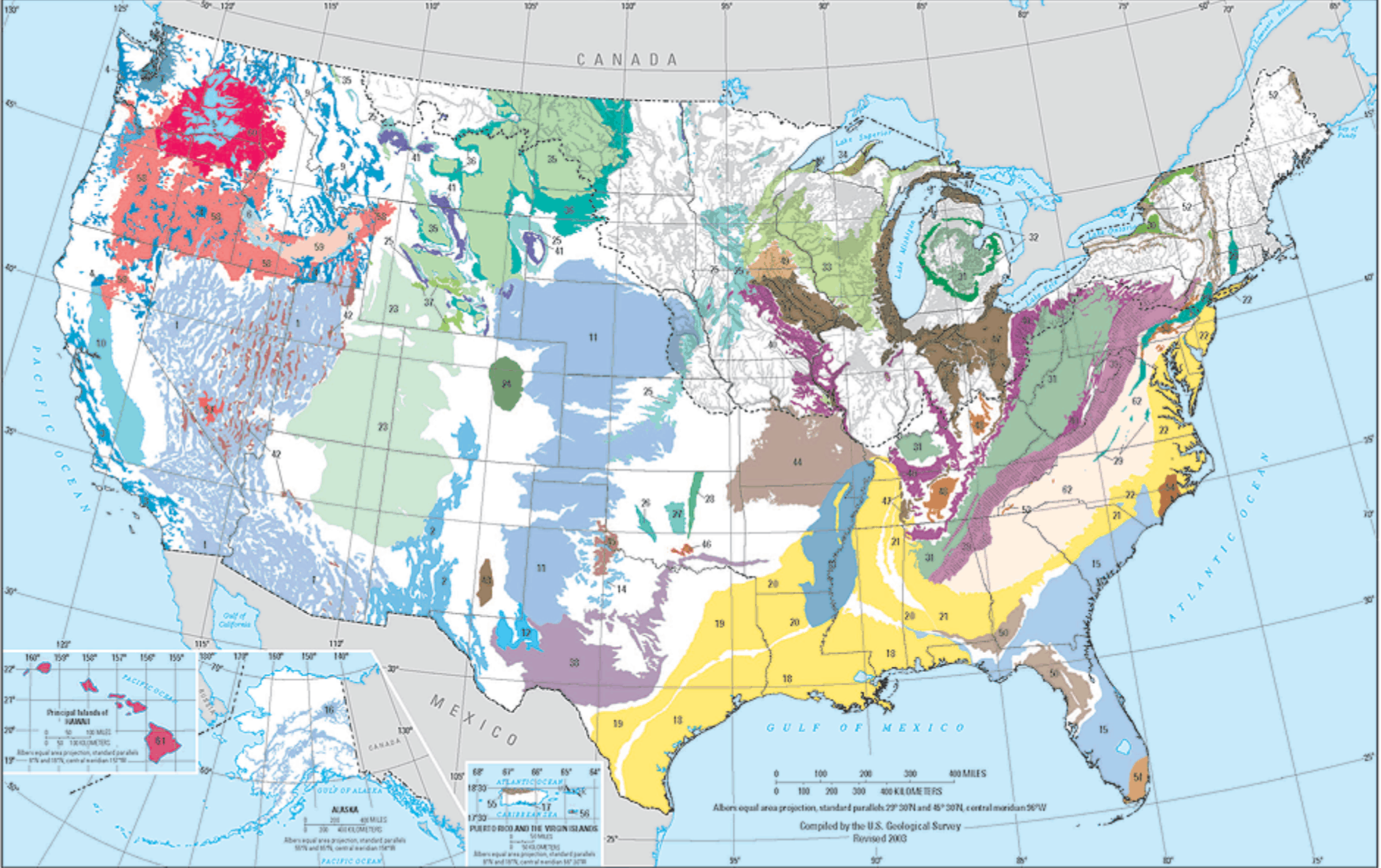
How to Dig A Water Well
- Hire a drilling company and hope that they have an idea of where best to drill and that they hit that precious water. You might also pray that it isn’t 300 feet or deeper.
- You might give the old-school method of ‘water witching’ a shot. This may sound crazy but it is a tried and true method that many swear by and seems to offer definite results. There is no harm in trying it yourself or hiring an experienced water witch.
What is water-witching?
This practice is also sometimes referred to as dowsing. This practice involves using a twig or a piece of metal that is in the shape of a “Y” and holding each end piece in your hands, The twig will twist toward where there is water.
In the case of using metal rods, two of them in the shape of an “L” are held loosely in each hand. Then they move to cross over each other, you are supposedly standing on top of the water.
There is much theory that this is not scientific and impossible, yet people have done it with much success for thousands of years. There is no harm in trying it since you can do it yourself for free with two wire coat hangers. Make up your mind.
DIY or Hiring A Well-drilling Company
This decision is one that most people make due to costs but you should also understand that in some states or counties, it is illegal to drill your well, even on your property.
That said, some people opt to drill their own wells anyway. This is a purely personal decision and just understand what the legal ramifications in your area are. To find out if you can drill your own well or not, you’ll need to contact your local building permits office. They can tell you what the cost of the permit is and if you need to have a well-drilling company do this for you or if you can do it yourself.
Be prepared to pay $350 to $700 for the permit alone. Most jurisdictions will insist that a professional do the work that will include a proper well cap and water inspection. The costs are prohibitive to some people and others don’t want their well registered because they firmly believe that they are prepping off-gridders if the end of times comes upon us. They don’t want attention drawn to themselves and so choose to do things without permits and quietly. Again, understand the legal ramifications and do what you feel is right for you.
Hiring a Well-Drilling Company
When you hire a driller to come out, expect to pay anywhere from $25 to $60 per foot to have the well drilled. You’ll also incur other costs, such as the permits, the pump, housing, capping and water testing.
Most wells at a depth of 300 feet will cost between $6,000 and $7,000. That is the drilling alone. Add the cost of your pump and housing, testing, filtration and labor to hook that water to your home. It can easily cost you $10k to completely pay for the water from start to finish.
This is a no-brainer for many people who have the resources to drill themselves. Drilling a well is expensive to have done and simply leaves most people out in the cold for getting a well.
DIY Well-Drilling
You can drill a well yourself if your land meets certain criteria.
- No bedrock to drill through
- Few rocks in general
If you live somewhere that is quite rocky, it’s doubtful that you can get a well drilled on your own. Sandstone, however, is typically easy to drill right through.
The equipment can be purchased to drill a well yourself. You can find kits that are turned by hand or some that you can attach to a three-point hitch on a tractor, or even that can be attached to a hand-held auger that might be used for drilling fence posts.
Buying an adapter and extra lengths of pipe, with a bit that you can purchase, will allow you to drill your well. If you live somewhere that is quite sandy, there are water methods that can also be used with a water tank and a high-pressure water blast at the end of the drill.
While it is a laborious task, if you are up to it you could save yourself thousands of dollars.
Making Sure Your Water is Good
This is crucial. Not all water coming from the ground is safe for you to drink. If the water has a rotten egg smell, you could have high sulphur content in the water. Hydrogen Sulfide (H2S) is a gas formed in the ground and can find its way into underground water supplies.
If your water smells like sulphur, it will smell like rotten eggs or rotten garbage. If you suspect this, the cheapest way to get your water tested is to send a sample off to Culligan, who will test your sample for free. Yes, free. Their goal, of course, is to offer you a filtration system if you do have Hydrogen Sulfide (H2S), but in all honesty, you’ll need a filtration system if you do.
Most water filtration companies will test your samples for free. You could have many things lurking in your water, even if it does not smell bad. Arsenic, for example, can be deadly and can be found in underground water. It has no odor or taste.
High levels of Hydrogen Sulfide (H2S) or iron can be filtered out with the right filtration system. There are many options, such as reverse osmosis filtration systems.
Methods for water treatment include additives to the water to soften it and filtration systems that make the water clean, clear, and safe to drink, bathe in, and water your plants too.
Here’s a good well water testing kit we recemmend by the name of H2O OK Plus.
If you need an excellent well water filtration system, I reviewed 4 amazing well water filtration systems that are designed to filter nearly, if not all, types of well water.

Well Is Drilled, Water is Good. Now What?
You’ve drilled a hole and extended a pipe as you went. You now have a pipe right down into the water underground. This is referred to as the casing. You’ll need a pump and sand filter so that you can move the water up the casing to where you need it.
These pumps are designed to be dropped down through the pipe and into the water below. They are first plumbed to a drop pipe that will exit from the side of the casing at just below the frost line for your area.
This is typically at least 18-inches deep in most locations and deeper in far northern regions. The drop pipe exits the casing and is capped with a pitless adapter. The water line that connects to your home connects right here.
If you are in a remote area you can use a solar water pump that will work just fine. They are fantastic options if you’re just looking to water some livestock from your well.
A solar pump can also work well for households as long as you have a large enough pump and solar panel to power it with enough energy.
Many choices exist for you to choose from, whether you are hardwiring a grid-tied pump or using a solar one.
Before your pump goes in, you will place a sand screen in the casing and slide it down to the bottom of the casing. These are designed to attach to the bottom of the casing and some of them are a slender tube that slides to the bottom and is slotted.
The purpose of them is to keep sand and small rocks from getting in your pump and into your faucet as well.
At the top of your casing will be a well cap. These are inexpensive, often less than $20.
The cap will have a design that allows for the wiring to your pump to exit safely while not allowing run-off and debris from getting down inside of your well. It is also mandatory to keep your casing to a level of at least 12 inches above ground level.
If you live in an area that floods, you should have that casing rise even higher to high above the height of the deepest floodwaters your area has ever seen. This crucial step will keep your well from being ruined by the infiltration of floodwaters and debris that could seep in if it is submerged.
Lastly, you’ll want to pour some gravel around the exterior of the hole you’ve dug for your casing and then backfill over that with bentonite clay (because it packs very well and hard). This will provide stability for your casing, keeping it from shifting in the ground.
Looking for the best water pump for your water well? Click here to read our review on the 5 best off-grid water pumps.

How to Increase Water Pressure
Most people with a well utilize a water pressure tank. This tank pre-fills with water and cuts off automatically with a float valve when full. Having this filled tank that is ready the moment you turn on your faucet will increase your water pressure by quite a bit.
These tanks have an air diaphragm inside that creates pressure that forces the water out and drastically increases your water pressure.
These tanks come with a pressure valve and gauge that you can read. They should be adjusted before installation and will need to have an electrical connection to work.
If you need to adjust this tank’s pressure after it is in use, shut the breaker to the tank off, then run the water out of the tank by turning on a faucet in the house. When you’ve got no more water or pressure in the line, you can make your adjustments.
Remove the exterior housing of the pressure tank. Find the contact points with 2 nuts that can be adjusted. These are for the cut-in pressure. This tells the pump when to turn on and pump water when you’ve turned on the water in the house.
You’ll want to do some research to ensure that you are choosing the right size pressure tank for your home too. Below is a great video to help you with this choice. To help you make the proper adjustments, understand that well-water doesn’t have the same pressure that city water will. City water often has a pressure of 60 psi whereas a well pressure tank is generally set at 28psi.
To adjust the pressure, you’ll need a simple wrench. You’ll see two nuts, turn the second nut to your right. This will increase the cutoff setting. Turn your power back on and let the tank fill. When the tank is full, find a water valve near the pump and open it to release some water.
Watch the tank closely to see the psi level when the pump turns itself on. Normal settings are going to be 20 for the pump to kick in and 40 for it to kick off when the tank is full. You can adjust your settings to 30 and 50, or even 40 and 60. You should not set your tank higher than 40/60. It may not be safe.
Unfortunately, the only way you can make these adjustments is to continue cutting power off, draining the tank, adjusting accordingly, then refilling and checking in the same way. It is a bit arduous but will give you more water pressure when that is your goal.
Final Notes… Wells Don’t Always Last Forever
You should understand that wells can run dry when there is not enough in the water table to sustain them. This can happen after extended periods of drought or when a well is fouled by contamination.
Be very cautious of your wellhead, protect it with housing so no one runs it over with a tractor, put a barrier around it, and ensure you’ve brought the casing up high enough.
The average well will last as long as 30 to 50 years. You can expect the average pump to last about 15 years. You may have an issue with your pressure tank or your power from time to time.
It is inevitable.
That said, it is a fair trade-off. So, in other words, wells do need maintenance and care but are an investment well worth it.
Don’t forget to check out our buying guides on well water pumps and well water filtration systems. I put these together myself and highly recommend you guys check them out before making any buying decision.
